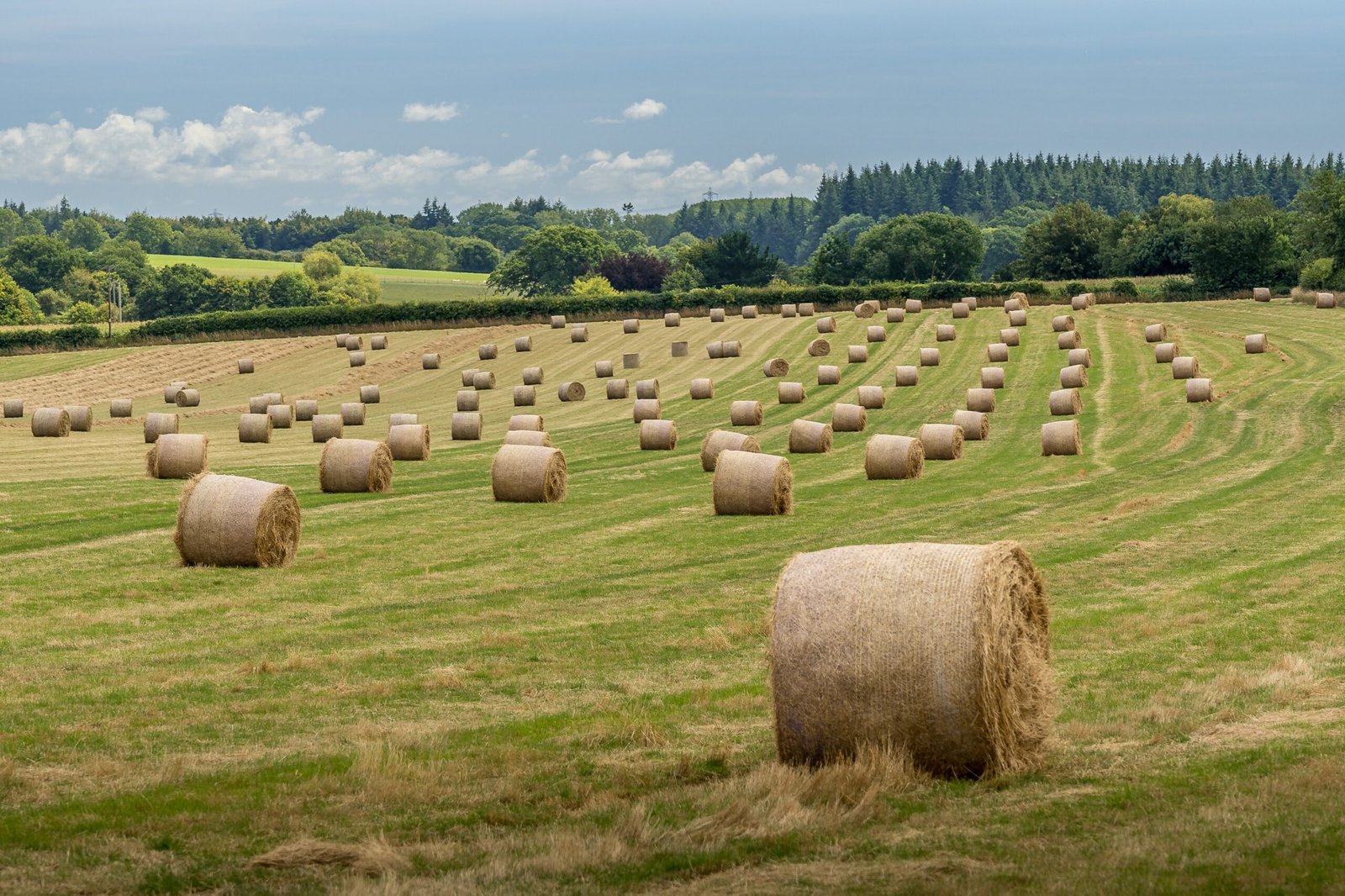Introduction
Welcome to our guide on maximizing fodder usage to reduce production costs in dairy farming. As a dairy farmer, finding ways to optimize your resources and minimize expenses is crucial for maintaining profitability. In this article, we will explore various strategies and techniques that can help you make the most of your fodder, ultimately reducing production costs.
The Importance of Fodder in Dairy Farming
Fodder plays a vital role in dairy farming as it serves as the primary source of nutrition for dairy animals. It typically consists of plants, such as grasses, legumes, and other crops, that are cultivated and harvested specifically for animal consumption. Fodder provides essential nutrients, including proteins, carbohydrates, minerals, and vitamins, necessary for the healthy growth and milk production of dairy animals.
Optimizing Fodder Production
To maximize fodder usage and reduce production costs, it is essential to focus on optimizing fodder production. Here are some strategies to consider:
1. Crop Selection
Choose crop varieties that are well-suited to your climate and soil conditions. Selecting crops that have high yields and nutritional value will help you produce more fodder per acre, reducing the need for additional land and resources.
2. Crop Rotation
Implementing crop rotation techniques can help improve soil fertility and reduce the risk of diseases and pests. By rotating crops, you can break pest and disease cycles, resulting in healthier and more productive fodder crops.
3. Efficient Irrigation
Ensure that your irrigation system is efficient and properly maintained. Proper watering techniques, such as drip irrigation or precision sprinklers, can help conserve water and reduce overall irrigation costs.
4. Silage Production
Consider producing silage from surplus fodder. Silage is a fermented feed made from crops such as corn, grass, or alfalfa, which are harvested at a specific moisture content and stored in airtight conditions. Silage can be a cost-effective way to preserve excess fodder for later use, especially during periods of scarcity or high feed prices.
Efficient Fodder Management
Once you have optimized fodder production, efficient fodder management practices can further enhance cost savings. Here are some tips:
1. Proper Storage
Store your fodder in well-ventilated and dry areas to prevent spoilage and mold growth. Utilize proper storage techniques, such as stacking bales on pallets or using silage pits, to minimize losses.
2. Feed Rationing
Develop a balanced feed ration plan with the help of a nutritionist or veterinarian. By accurately measuring and rationing fodder, you can avoid overfeeding and wastage, ensuring that each animal receives the necessary nutrients without excess costs.
3. Grazing Management
Implement effective grazing management techniques to optimize the use of pasture. Rotational grazing, strip grazing, and utilizing electric fences can help control grazing patterns, prevent overgrazing, and extend the grazing season, reducing the reliance on stored fodder.
Innovative Fodder Alternatives
Exploring innovative fodder alternatives can also contribute to cost savings in dairy farming. Here are a few options:
1. Hydroponic Fodder
Consider hydroponic fodder systems, which allow you to grow highly nutritious sprouts using minimal resources. Hydroponic fodder systems can significantly increase fodder production per square meter and provide a consistent supply of fresh green feed throughout the year.
2. By-Products and Waste
Explore the use of agricultural by-products and food waste as fodder sources. For example, certain crop residues, such as corn stalks or wheat straw, can be processed and incorporated into the animal’s diet, reducing the need for purchasing additional feed.
Conclusion
Maximizing fodder usage is crucial for reducing production costs in dairy farming. By optimizing fodder production, implementing efficient management practices, and exploring innovative alternatives, you can make the most of your resources while ensuring the health and productivity of your dairy animals. Remember, each farm is unique, so it’s essential to assess your specific conditions and consult with experts to determine the most suitable strategies for your operation. Start implementing these techniques today, and enjoy the benefits of cost-effective dairy farming.

